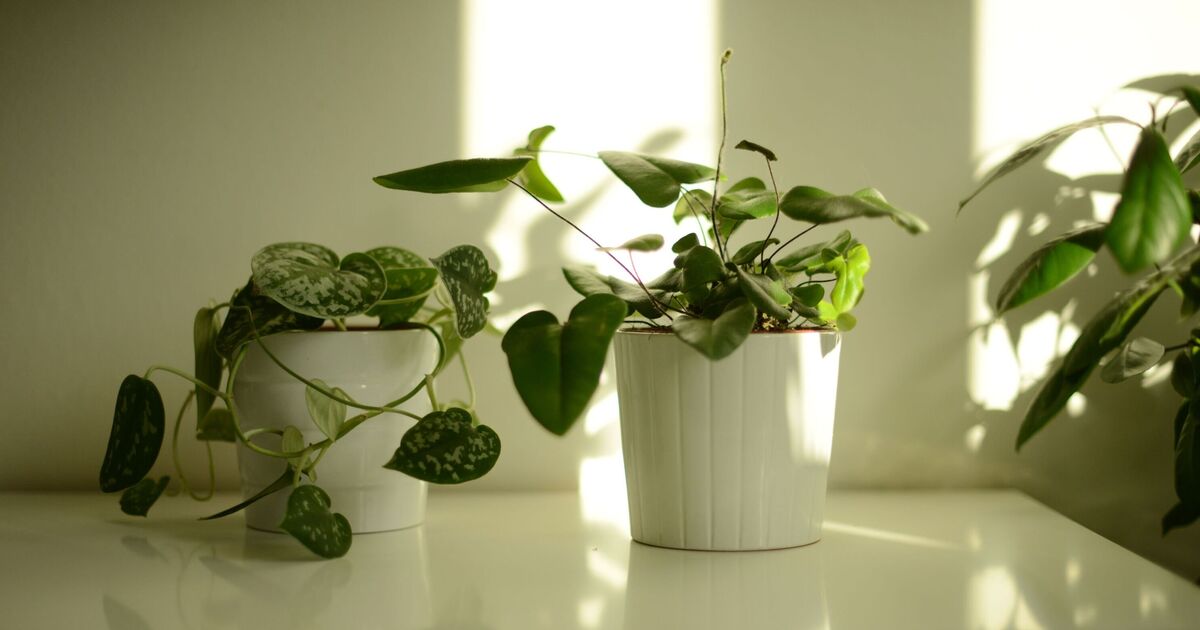Andrew White from Rhino Greenhouses Direct identified the top three houseplants people have a “very little chance” of killing.
Perfect for those who are just starting out on their plant care journey, one of these houseplants could be the perfect gift for a loved one.
Snake plant
“They’re attractive, super easy to care for and don’t need a lot of water to survive,” Andrew said of the snake plant. “They’re low maintenance, so there’s very little chance you’ll kill them, even if you don’t have a green thumb.”
The “thick, sword-shaped leaves” are said to be the “perfect aesthetic addition to smaller spaces” because of its upright growth.
“Snake plants can be fast growers in the right conditions and can be easily propagated which makes them great gifts for family and friends,” said Andrew.
Key tips
- Let the soil dry out between waterings
- Replace the soil every year
- Repot at least once every two to three years
- Use fertiliser
- Prune as needed
Pothos
“Pothos is a rewarding indoor plant year-round and will grow rapidly, often adding between 12 to 18 inches of length in a month,” Andrew beamed. “They’re one of the easiest houseplants to grow, even if you’re notoriously bad with plants!”
The trailing vine features heart-shaped leaves that can be coloured with pale green, yellow or white streaks.
While Pothos may favour bright, indirect light, the houseplant can still flourish in low-light areas or even with fluorescent lighting.
Spider plant
These “easy-to-grow” houseplants are “also easy to care for”. Andrew added: “In fact, they’re one of the most rewarding and straightforward indoor plants.
“A really nifty aspect of a spider plant is its ability to rapidly propagate itself through its plant parents – a baby plant from the mother plant will readily root and flourish.”
These beautiful plants also “safely remove chemical vapours and pollutants from your home”. Andrew stated: “Spider plants are exceptionally tolerant, even if you accidentally forget about them now and then.
“This is due to their ability to store moisture and food in their thick white roots for long-term nourishment.”












